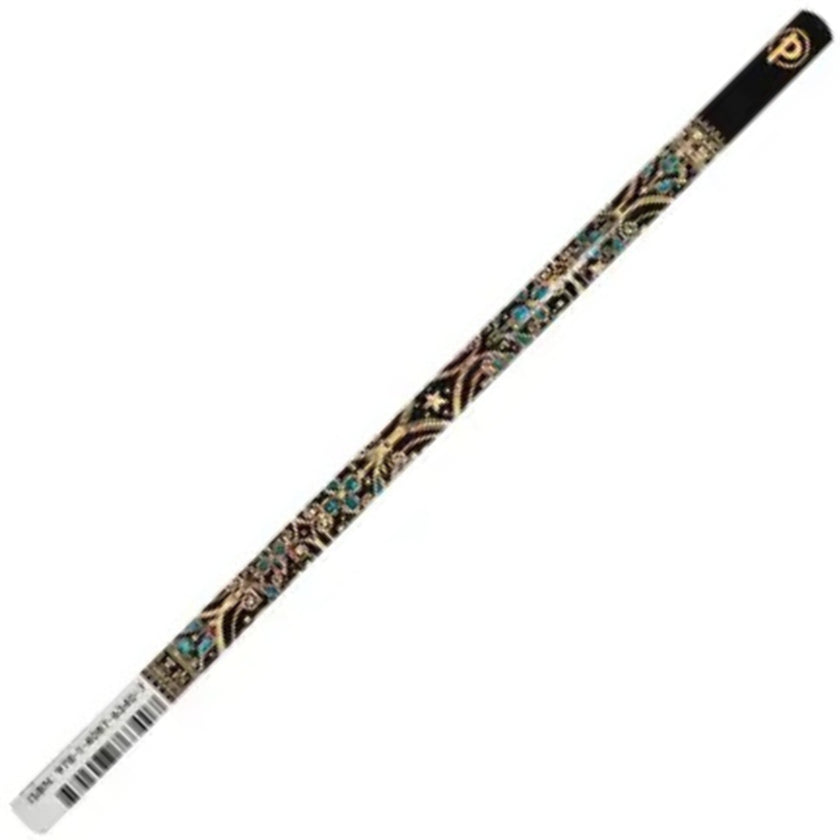The Timeless Appeal of Barbie: More Than Just a Doll
In a world that’s constantly evolving, few things have maintained as much relevance and popularity as Barbie. Since her debut in 1959, Barbie has been more than just a toy; she’s a cultural icon. From a simple fashion doll to a symbol of empowerment and imagination, Barbie’s journey mirrors the shifts in societal norms and values. Whether you grew up playing with Barbie or have witnessed her transformation over the years, there’s no denying her impact.
The Birth of Barbie: A Revolutionary Concept
Barbie was born out of a simple yet revolutionary idea: to give young girls a doll that wasn’t just a baby or a toddler. Ruth Handler, co-founder of Mattel, noticed her daughter’s fascination with paper dolls and how she projected adult roles onto them. This observation led to the creation of Barbie, a doll that could be a teenage fashion model, a career woman, or anything a child imagined.
When Barbie first appeared on toy store shelves, she was an instant success. Dressed in a stylish black-and-white swimsuit with her signature ponytail, Barbie was unlike any other doll on the market. She wasn’t just a plaything; she was a canvas for children’s aspirations.
Barbie Through the Decades: Reflecting Cultural Shifts
Barbie has always been a reflection of the times. In the 1960s, she embraced the mod fashion trends with bright colors and bold patterns. The 1970s saw her dabbling in various careers, from an astronaut to a surgeon, during a time when women were pushing boundaries in the workplace. In the 1980s, Barbie became a symbol of glamour and success, epitomizing the "yuppie" culture with her chic outfits and high-powered careers.
The 1990s and 2000s saw Barbie adapting to a world that was becoming more diverse and inclusive. Mattel introduced Barbies of different ethnicities, body types, and careers, from a Latina Barbie to a Barbie with a curvier physique. This shift reflected a growing awareness of the importance of representation in media and toys.
Beyond Fashion: Barbie as a Role Model
One of the most significant shifts in Barbie’s evolution has been her role as a figure of empowerment. While she started as a fashion icon, Barbie has since taken on over 200 careers, from a doctor to a president. Barbie’s "You Can Be Anything" campaign encourages children to dream big and pursue any path they desire.
Barbie’s career choices have always been aspirational, showing that women can excel in any field. This is especially important for young girls who need role models in male-dominated professions. From STEM careers to sports, Barbie has shown that no dream is too big, and no goal is out of reach.
The Criticism and Evolution of Barbie
Of course, Barbie hasn’t been without her critics. Over the years, she has faced backlash for promoting unrealistic beauty standards. Her impossibly thin waist and perfect features have been criticized for contributing to body image issues. In response, Mattel has made efforts to address these concerns. The introduction of dolls with different body types, skin tones, and even dolls with disabilities is a step towards making Barbie more inclusive and reflective of the real world.
Mattel’s commitment to diversity goes beyond physical appearance. Recent Barbies have celebrated women who have made significant contributions to society, such as the "Inspiring Women" series, which features dolls modeled after trailblazers like Amelia Earhart, Frida Kahlo, and Maya Angelou.
Barbie in Pop Culture: From Toy Aisles to the Big Screen
Barbie’s influence extends far beyond toy aisles. She has become a pop culture phenomenon, inspiring movies, TV shows, and even art exhibitions. The recent resurgence of Barbie in film, particularly with the live-action movie directed by Greta Gerwig, has reignited interest in the character. This movie promises to explore Barbie’s identity and relevance in today’s world, appealing not just to children but to adults who grew up with the iconic doll.
Barbie’s enduring appeal lies in her ability to adapt to the times while remaining a symbol of imagination and possibility. Whether she’s running for president, exploring space, or simply being a fashionista, Barbie continues to inspire generations to dream big and embrace their uniqueness.
Conclusion: Barbie’s Legacy
Barbie is more than just a doll; she’s a cultural icon that has shaped and been shaped by societal changes. From her debut in 1959 to her status as a modern-day role model, Barbie’s journey reflects the evolving aspirations of women and girls around the world. As Barbie continues to evolve, one thing remains clear: her legacy of inspiring imagination, creativity, and empowerment will endure for generations to come.
Whether you love her or criticize her, Barbie’s impact is undeniable. She has transcended her status as a mere toy to become a symbol of possibility. And in a world that often tries to limit what we can be, Barbie reminds us that we can be anything we want.













